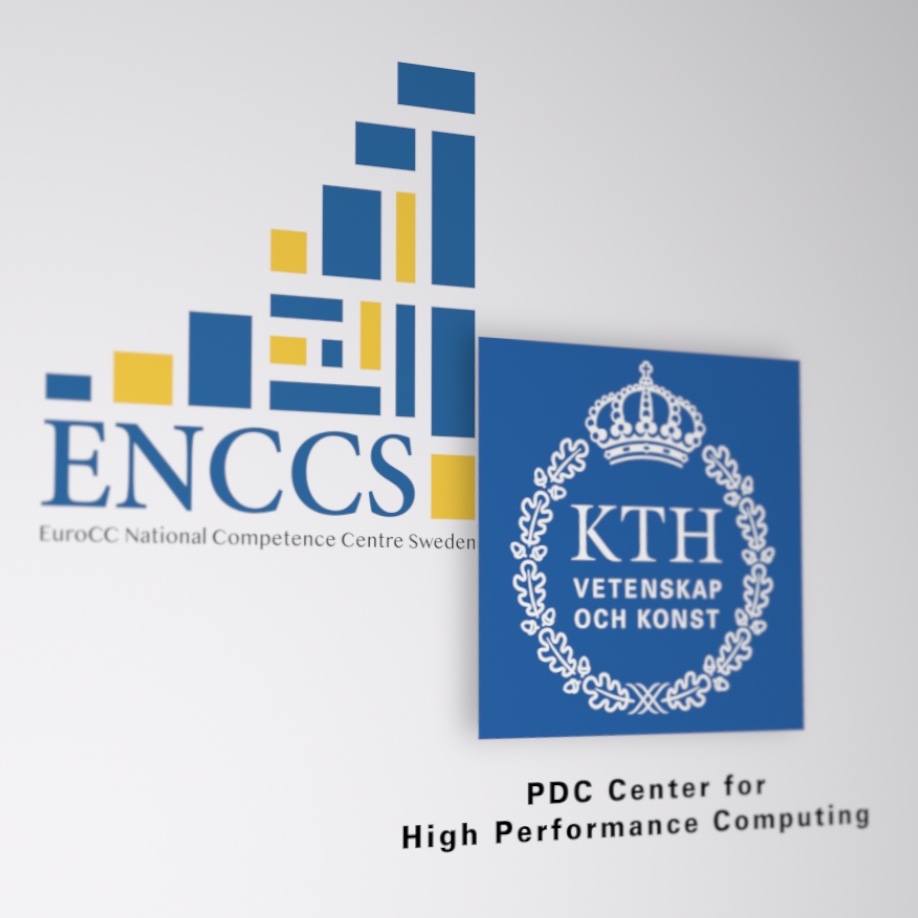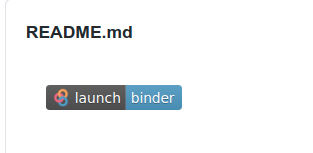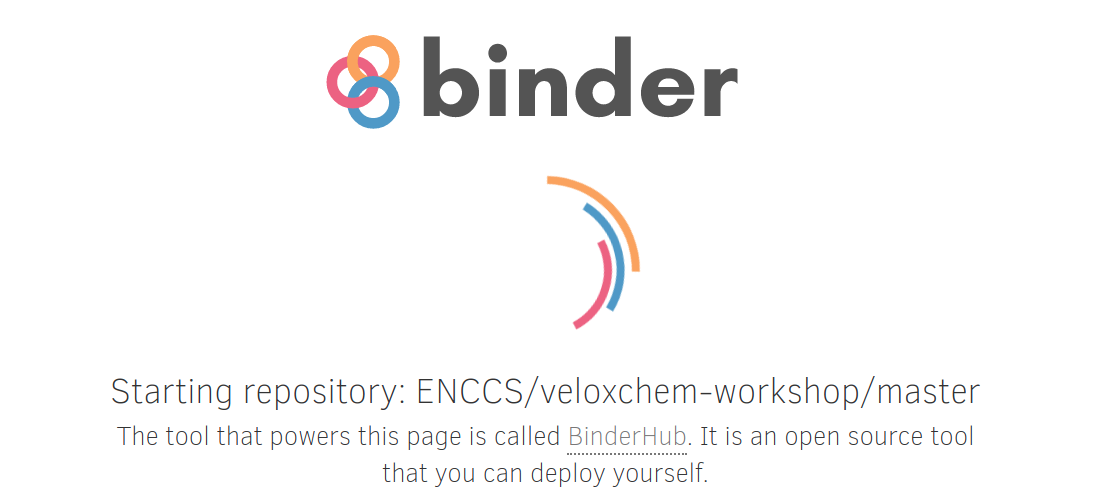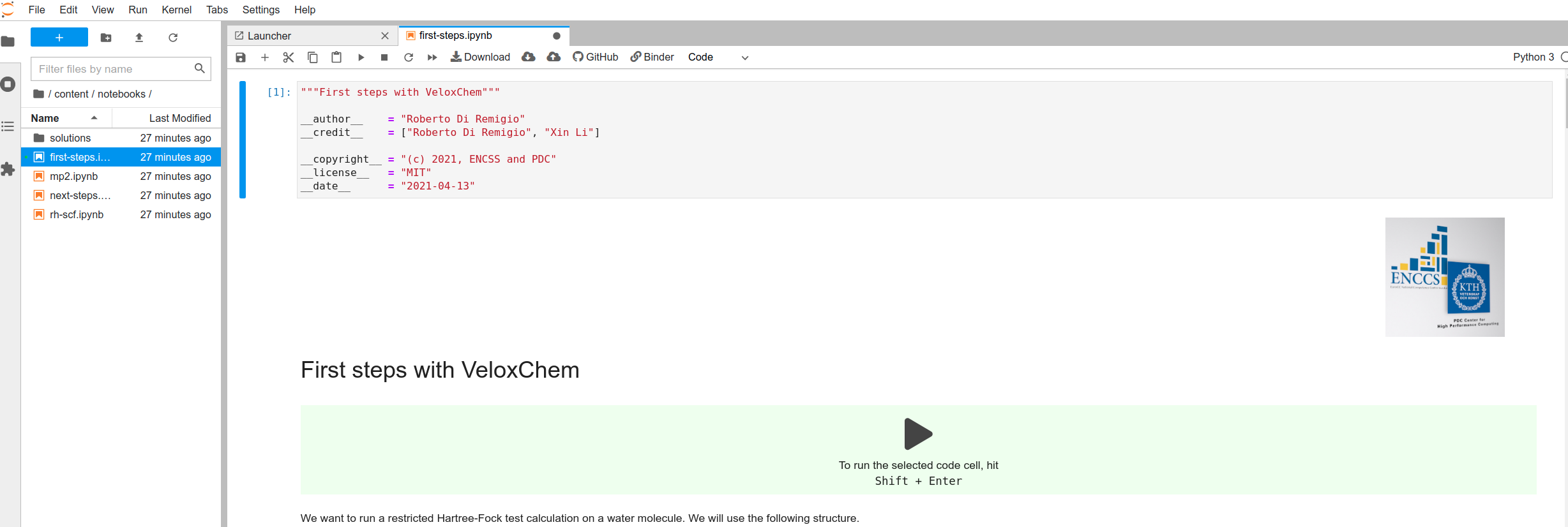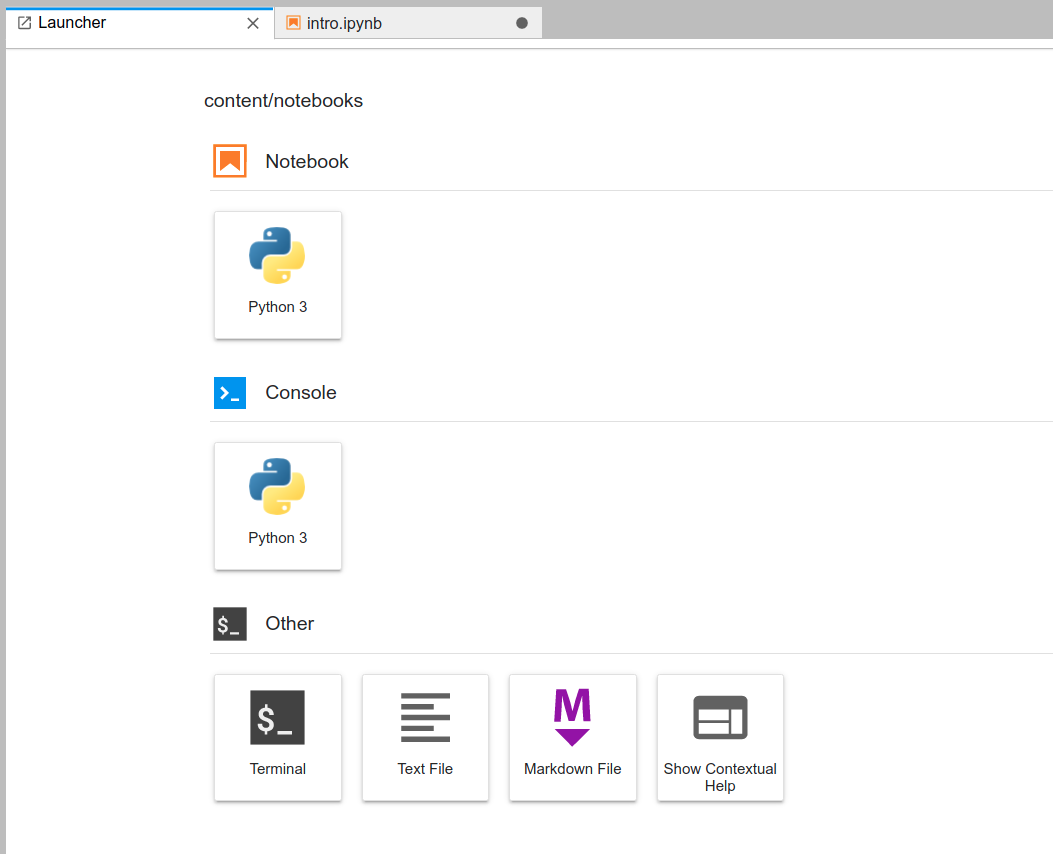VeloxChem: quantum chemistry from laptop to HPC
Contents
VeloxChem: quantum chemistry from laptop to HPC¶
Quantum molecular modeling of complex molecular systems is an indispensable and integrated component in advanced material design, as such simulations provide a microscopic insight into the underlying physical processes. In this workshop, you will learn how to use the VeloxChem program package to:
Perform quantum chemical simulations of ground- and excited-state properties of large systems.
Leverage the aggregate resources of modern HPC clusters to efficiently tackle large molecular systems.
Use the Python application programming interface (API) to prototype new methods.
Design interactive computational teaching materials in Python.
Prerequisites
Before attending this workshop, please make sure that you have the prerequisite software and hardware available.
- Day 1
We will work within Jupyter notebooks. We have set up this lesson such that it can be run entirely within your browser, using cloud infrastructure. You can also use your own computer, provided that it has the necessary tools installed. If that is not the case, please follow these detailed instructions.
- Day 2
You will need access to a supercomputer. Any questions on how to use a particular HPC resource should be directed to the appropriate support desk. Please follow these detailed instructions on how to set up the necessary software stack.
15 min |
|
15 min |
|
60 min |
|
60 min |
|
30 min |
|
40 min |
|
40 min |
|
40 min |
Reference
Who is the course for?¶
This lesson is for researchers and students already familiar with quantum chemistry that want to learn how to:
Perform quantum chemical simulations of ground- and excited-state properties on large systems and with efficient use of HPC resources.
Use an interactive, computationally-oriented approach to teaching quantum chemistry.
We assume that participants have:
A sufficiently thorough prior knowledge of self-consistent field theory, at the level presented in the Modern Quantum Chemistry textbook by Szabo and Ostlund [SO96].
Worked previously with other quantum chemical software packages.
Some familiarity with the Python programming language. We have listed some online resources to refresh your Python knowledge.
About the course¶
This lesson material is developed by the EuroCC National Competence Center Sweden (ENCCS) and the PDC Center for High Performance Computing.
Each lesson episode has clearly defined learning objectives and includes exercises and solutions, and is therefore also useful for self-learning. The lesson material is licensed under CC-BY-4.0 and can be reused in any form (with appropriate credit) in other courses and workshops. Instructors who wish to teach this lesson can refer to the Instructor’s guide for practical advice.
Interacting with the notebooks¶
MyBinder offers a free, customizable cloud computing environment and powers some of the contents of this lesson. You can run the exercises for Day 1 of this workshop entirely in the cloud.
The MyBinder web interface¶
You can access the JupyterLab instance for this workshop by clicking the “launch
binder” button at the top of the README file displayed at
https://github.com/ENCCS/veloxchem-workshop
This will bring you to the loading page for the binder, which might take a few minutes to start up. Don’t despair!
Once loaded, you will see the introductory notebook already open:
Accessing a terminal¶
From the “Launcher” tab, you can access terminal, Python interpreter, and notebook launchers:
You can open a text editor (for input files etc) by clicking “New” and
select Text File. If you prefer a terminal editor, you can use nano or
vim or emacs.
Starting the notebook from an episode¶
You can run the notebook directly from an episode in the lesson. Click on the rocket icon on the top right of the page and select which launcher to use:
“Binder” will redirect you the binder instance. With “Live code”, you can run and modify the code cells within the webpage. The “Live code” option is powered by sphinx-thebe and, behind the scenes, MyBinder. Be aware that you will not be able to add new code cells in a live session.
See also¶
There are many free resources online regarding Python and Jupyter:
The MolSSI introductory course on Python scripting for computational molecular science.
The Aalto Scientific Computing course on Python for scientific computing.
The CodeRefinery course Introduction to Jupyter and JupyterLab
For reference material on quantum chemistry:
Helgaker, T.; Jørgensen, P.; Olsen, J. Molecular Electronic-Structure Theory [HJorgensenO00]
Szabo, A.; Ostlund, N. S. Modern Quantum Chemistry: Introduction to Advanced Electronic Structure Theory [SO96]
Credits¶
The lesson file structure and browsing layout is inspired by and derived from work by CodeRefinery licensed under the MIT license. We have copied and adapted most of their license text.
Instructional Material¶
This instructional material is made available under the Creative Commons Attribution license (CC-BY-4.0). The following is a human-readable summary of (and not a substitute for) the full legal text of the CC-BY-4.0 license. You are free:
to share - copy and redistribute the material in any medium or format
to adapt - remix, transform, and build upon the material for any purpose, even commercially.
The licensor cannot revoke these freedoms as long as you follow these license terms:
Attribution - You must give appropriate credit (mentioning that your work is derived from work that is Copyright (c) ENCCS and, where practical, linking to https://enccs.se), provide a link to the license, and indicate if changes were made. You may do so in any reasonable manner, but not in any way that suggests the licensor endorses you or your use.
No additional restrictions - You may not apply legal terms or technological measures that legally restrict others from doing anything the license permits. With the understanding that:
You do not have to comply with the license for elements of the material in the public domain or where your use is permitted by an applicable exception or limitation.
No warranties are given. The license may not give you all of the permissions necessary for your intended use. For example, other rights such as publicity, privacy, or moral rights may limit how you use the material.
Software¶
Except where otherwise noted, the example programs and other software provided with this repository are made available under the OSI-approved MIT license.
